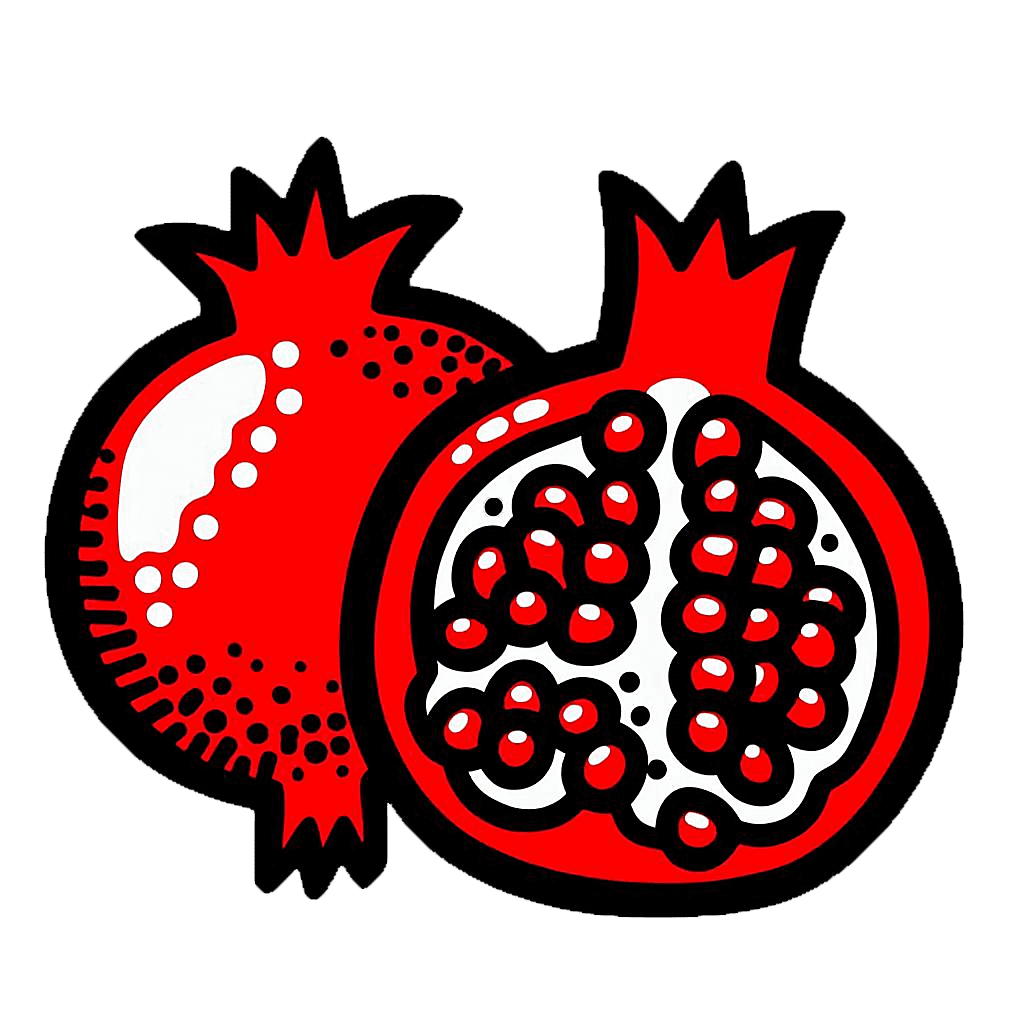/dolt͡ʃˈetːo/
- Acqui
- Barbirono
- Bathiolin
- Batialin
- Beina
- Bignola
- Bignona
- Bignonia
- Bignonina
- Bourdon Noir
- Cassolo
- Charbonneau
- Charbono
- Chasselas Noir
- Cote Rouge Merille
- Crete de Coq
- Debili Rifosk
- Dolcedo Rotstieliger
- Dolceto
- Dolcetta Nera
- Dolcetto A Raspe Verde
- Dolcetto A Raspo Rosso
- Dolcetto Nero
- Dolcetto Piemontese
- Dolchetto
- Dolcino Nero
- Dolciut
- Dolsin
- Dolsin Raro
- Dolzin
- Dolzino
- Dosset
- Gros Noir de Montelimar
- Gros Plant
- Maennlicher Refosco
- Mauvais Noir
- Montelimar
- Monteuse
- Montmelian
- Mosciolino
- Nebbiolo
- Nera Dolce
- Nibio
- Noirin D’Espagne
- Nord Du Lot Et Garonne
- Ocanette
- Orincasca
- Ormeasca
- Ormeasco
- Picot Rouge
- Plant de Calarin
- Plant de Chapareillan
- Plant de Moirans
- Plant de Montmelian
- Plant de Provence
- Plant de Savoie
- Plant de Turin
- Plant du Roi
- Premasto
- Primaticcio
- Primitivo Nero
- Promotico
- Provençal
- Ravanellino
- Refork
- Refork Debeli
- Refork Male
- Refosk Debeli
- Rotstieliger Dolcedo
- Savoyard
- Turin
- Turino
- Uva d’Acqui
- Uva d’Acquia
- Uva del Monferrato
- Uva di Ovada
- Uva di Roccagrimalda
- Dolsin Nero
Red
Dolcetto typically ripens earlier in the season compared to Nebbiolo and Barbera, making it one of the first grapes to be harvested.
This grape variety is known to pose challenges in cultivation and winemaking, requiring careful attention and expertise.
In Liguria, locals have long believed that Dolcetto is indigenous to their region, where it has been cultivated and crafted into wine for centuries, often under the name Ormeasco.
Piedmont boasts an impressive 11 DOC wines made from Dolcetto, showcasing the versatility and importance of this grape within the region’s winemaking tradition.
Map of historic hometown
Dolcetto is renowned for its distinctiveness, offering a refreshing, medium-bodied red wine experience. A well-crafted Dolcetto embodies vibrant personality, boasting intense grape aromas and flavors, and culminating in a refreshing, acidity-laden finish that cleanses the palate.
Dolcetto d’Alba is celebrated for its fuller body, while Dolcetto di Dogliani exudes floral freshness and a captivating perfume, often displaying remarkable power.
In Liguria, Dolcetto wines tend to lean towards the herbal and saline spectrum, contrasting with the fruit-forward profiles typically found in Piedmont.
Visual Flavour Profiles:




